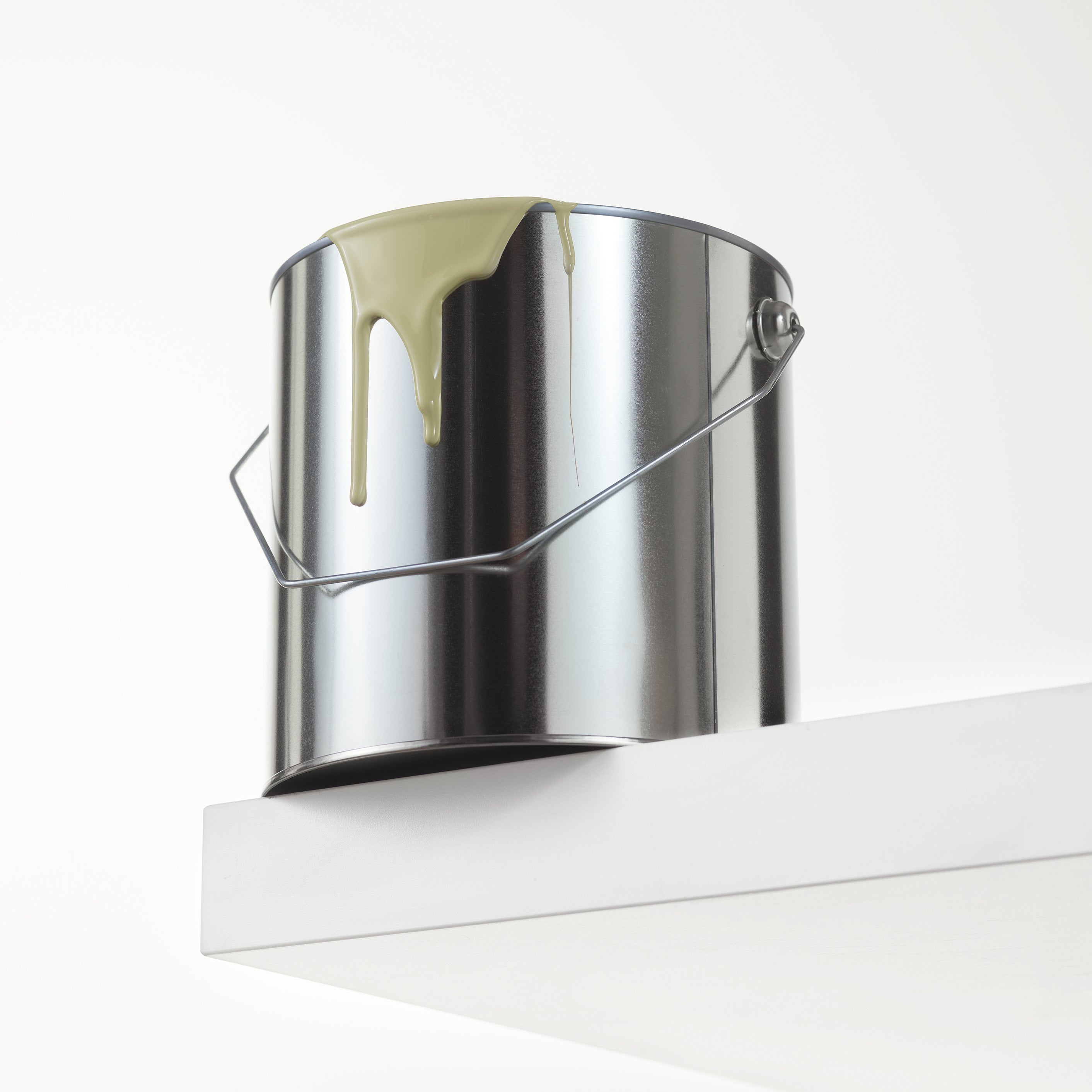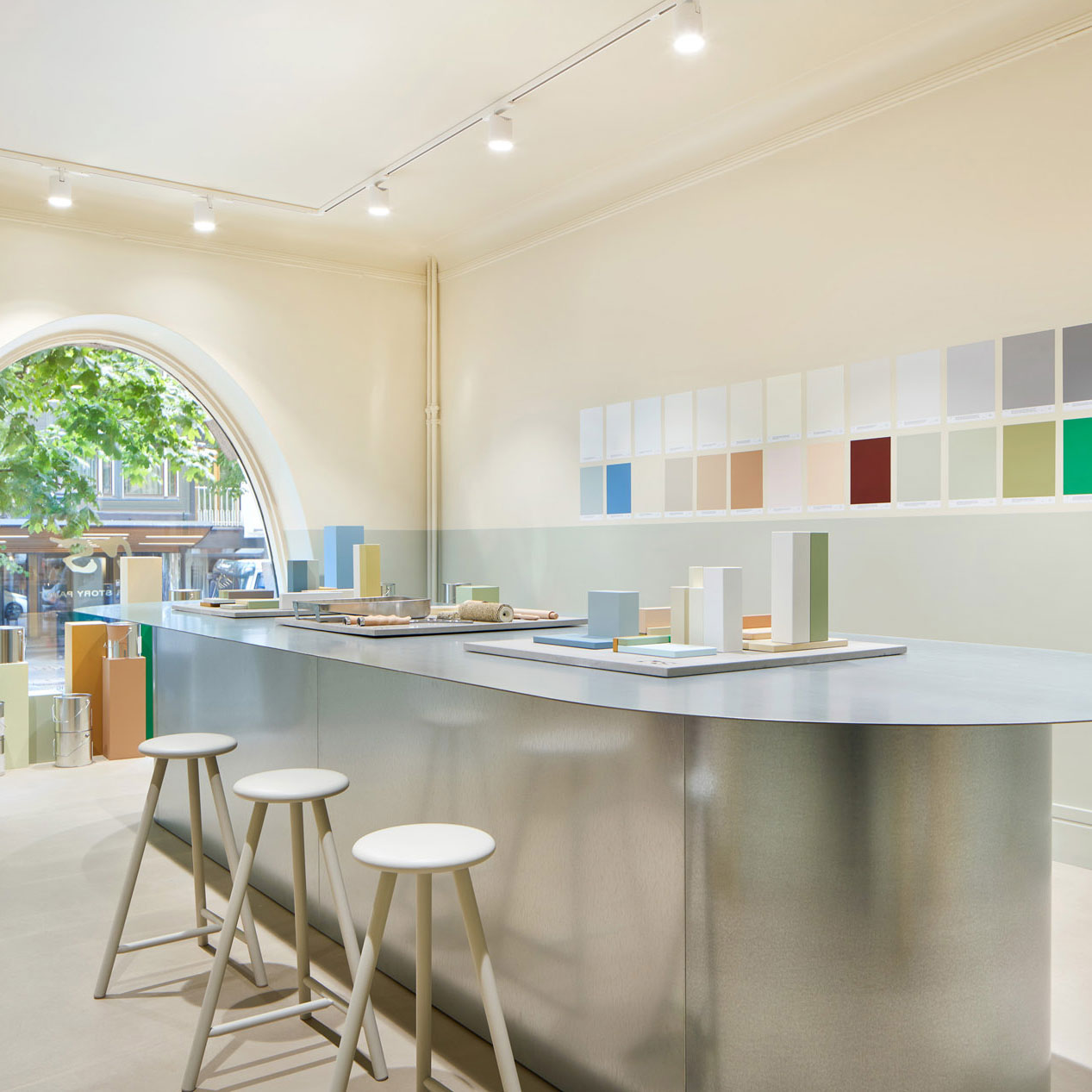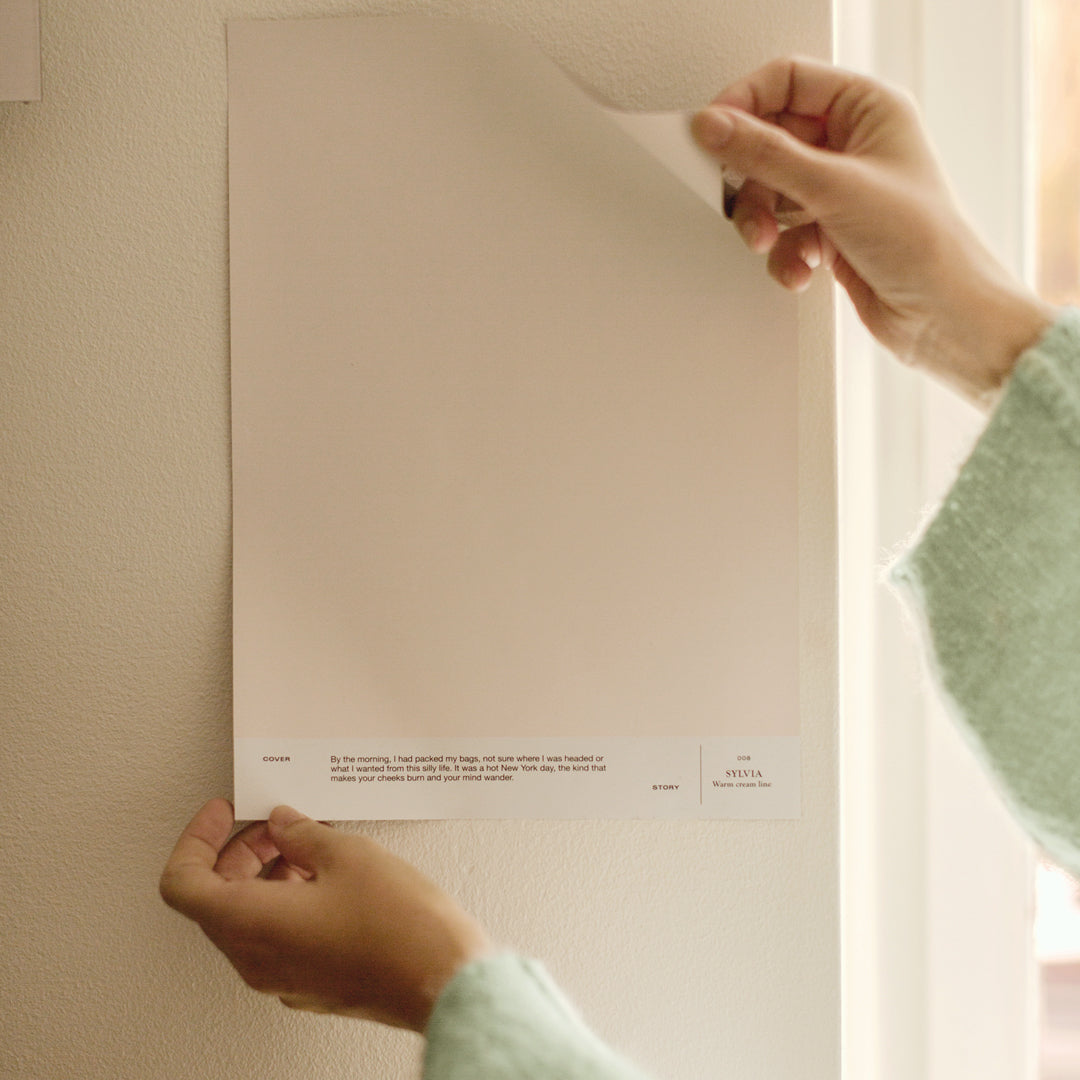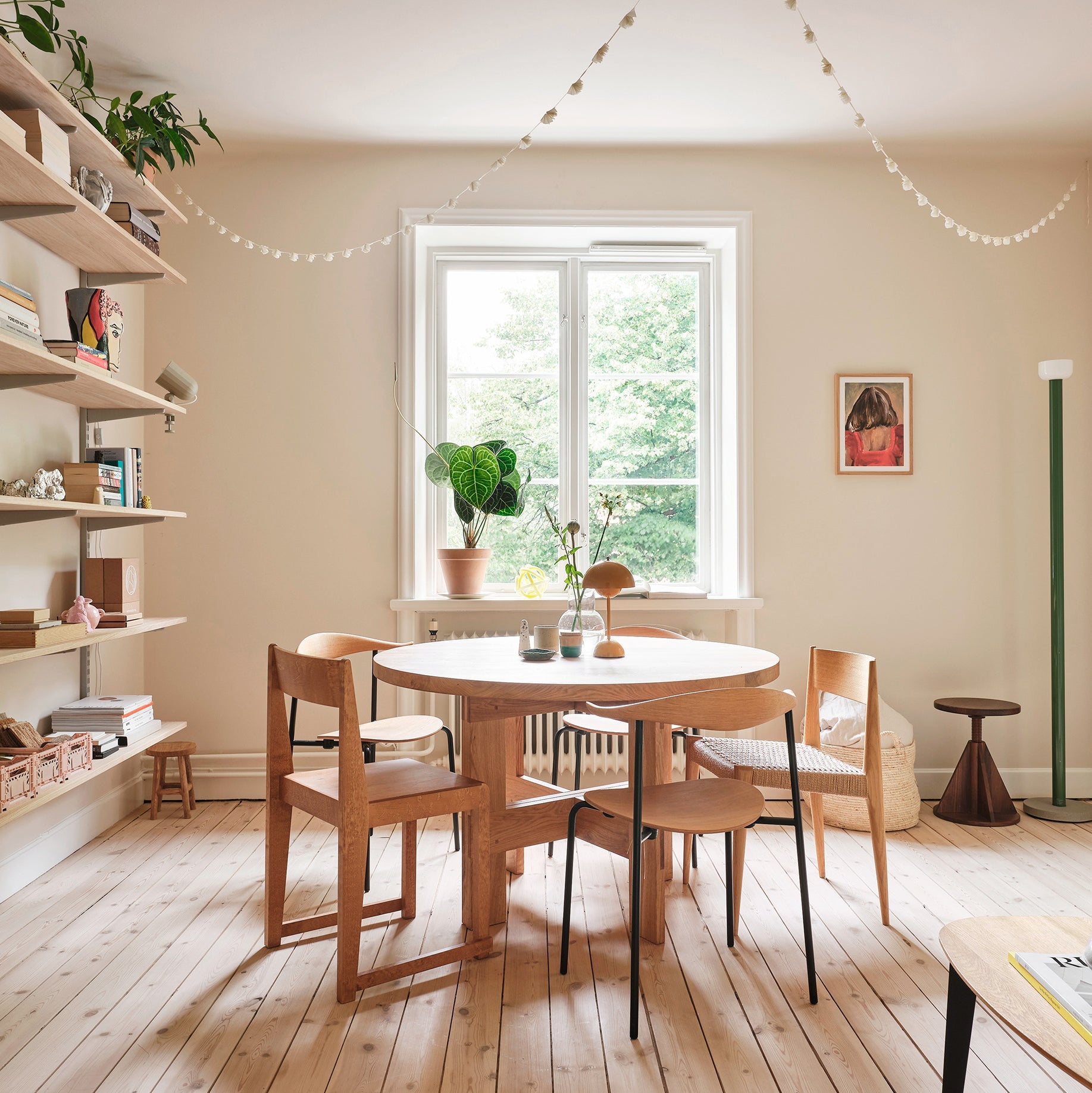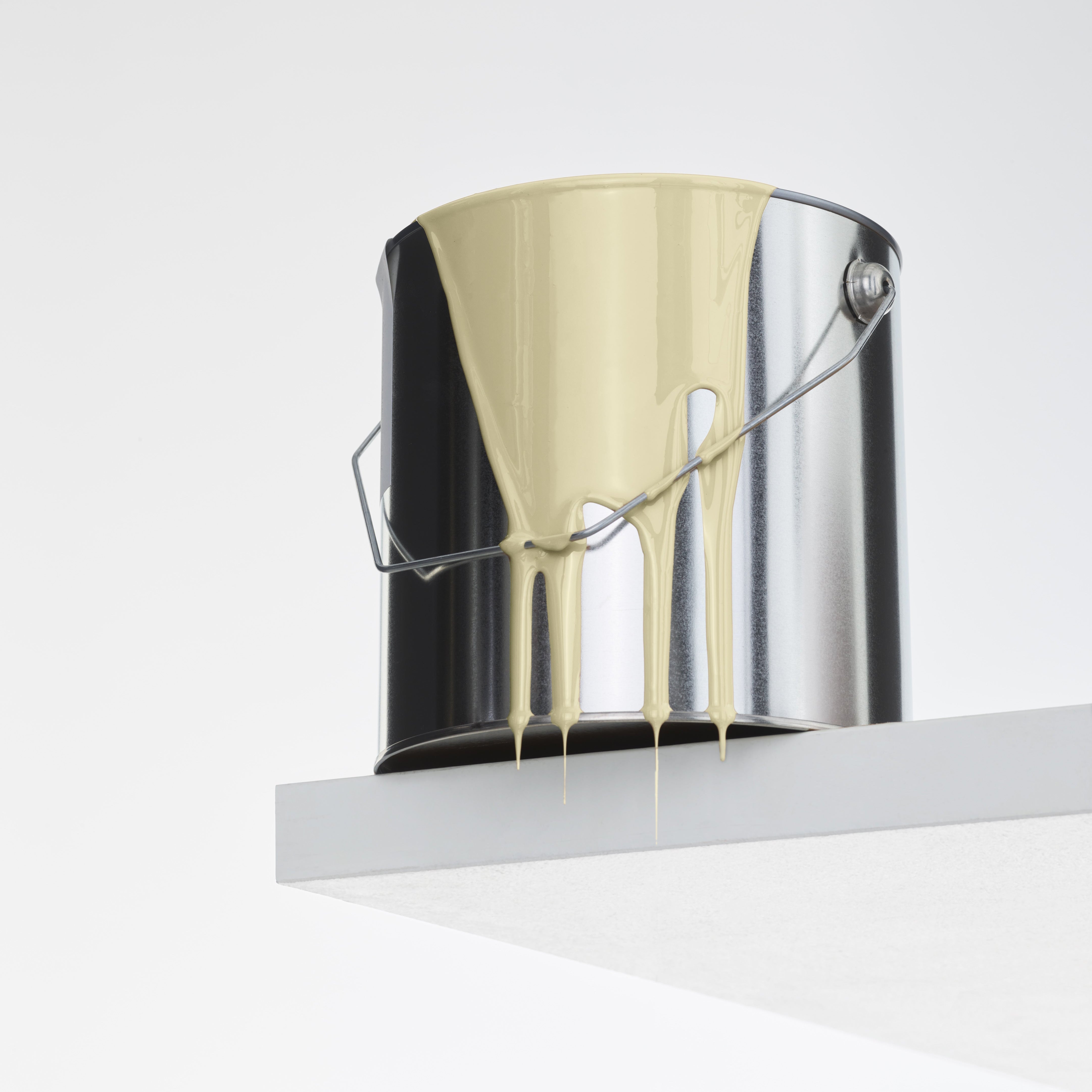Four steps to the perfect finish
Painting tips
I.
Before you start
All you need before you grab the roller.
What surfaces can I paint with Cover Story paint?
Our paint is designed to be used across multiple indoors surfaces. With our plastic-free wall and ceiling paints, you can paint unpainted and previously painted paneling, wood, plasterboard and stone surfaces indoors. The paints are also suitable for cardboard, brick and rendered surfaces. Thanks to their excellent breathability, our paints are also great for interior log surfaces.
How much paint do I need?
Cover Story paints are available in 3.6 and 9.0 litre cans. With the smaller can, you can paint approximately 30-40m² of surface area in a single application. The 9.0 litre can covers 75-100m² for one coat. We recommend two paint coats to achieve the perfect result, so be sure to double the area to be painted.
Do I need a primer?
Our paints are designed to give a smooth finish with two coats of paint. Priming is usually only necessary for the initial treatment of new surfaces. You can generally paint a new color on top of the old paint without a separate primer.
What tools do I need?
We want to make painting as effortless as possible. Because it takes time to find quality painting supplies from a hardware store, we’ve put together three different sizes of supply kits for all your needs.
Otherwise, with these tools, you're sure to get the job done: Roller, brush, masking tape, paint tray, extension pole and a roll of protective paper or newspaper.
Pro tip
Wash the roller before painting to remove loose lint from the roller surface. The roller should be left damp, as it works like a dishrag: when it's towel-dry, it absorbs the paint best.
But don’t go too crazy – if the roller is soaked though, it will not absorb any paint. Make sure the roller is damp, not wet. Remove the water by pressing the roller into a paper towel and shaking the roller.
II.
Painting instructions
The perfect wall in six steps.
Preparations
Clean the surfaces and moldings to be painted. Apply protective paper to the floor and carefully apply tape to the moldings and edges surrounding the area to be painted. Also tape over outlets and light switches.
Stir the paint
Open the paint can. The lid can easily be removed, for example, using a key. Mix the paint thoroughly with a wooden spatula. You can shake the smaller paint can while it is still closed.
Don't worry about any oil on the surface of the paint, as in a plastic-free paint, natural oils may rise to the surface - with vigorous mixing, the paint will regain a smooth and even consistency. When the paint has been carefully mixed, the oil is no longer visible and the paint has an even color. Pour the paint into the paint tray.
First parts to paint
First, use a brush to paint the edges you have outlined with tape. Also paint around sockets and light switches. This makes it easier to paint the rest with a roller.
Start to roll
Continue painting with a roller from the top down, one strip at a time. The roller does not need to be completely immersed in the paint tray - dip the roller at the deep end of the tray and roll the extra paint towards the front of the tray. This way, excess paint won't drip on the floor and your paint job stays smooth.
First layer
When the first layer is ready, take a coffee break and let the surface dry for about an hour.
Second layer
Repaint the wall using the same technique as for the first layer.
Remove tapes & enjoy
Remove the tape while the wall is still moist. The tape comes off easily if you pull it at a 45 degree angle. The painted surface is dry in a few hours, but to be sure, wait overnight before hanging anything on the wall. As you may have already noticed, Cover Story paints are odorless, meaning you can sleep soundly in your bed the same night.
III.
Care and cleaning
Give your painting supplies a longer life.
Maintaining painting supplies
High-quality painting supplies are long-lasting when properly maintained. That’s why Cover Story painting supply kits include equipment that has been specially tested and selected to last from one use to the next.
Cleaning instructions for painting supplies depends on the paint thinner used. Cover Story paints are waterborne, which means that they can be cleaned off with water only. It's easiest to clean the accessories immediately after painting.
*Remember that painting supplies must not be washed directly under the tap as wet paint is classified as hazardous waste.
Brushes
Wipe any excess paint off on the edge of the paint tin and dab off residual paint onto some newspaper.
Put the brushes in a separate container such as a bucket. Cover Story paints will wash off tools with just water. However, if you want to use detergent, remember that the run off is hazardous waste.
To prevent paint from escaping from the drain to the environment, do not wash painting tools directly under the tap or hose. After soaking, wipe away any paint that comes off the brushes on paper or a rag. You can then rinse the painting tools under the tap.
Allow the paint residue to settle to the bottom of the bucket. Water that has separated from the residue can be poured down the drain. Once the residue has dried on the bottom of the jar, you can put it in mixed waste. Any moist residue and washing liquid must be taken to a hazardous waste collection point.
Rollers
It's best to clean the roller in a paint tray. The roller absorbs paint, so squeeze the extra paint off the roller before soaking it. The Cover Story mixing stick can be used to help remove paint from the roller. Drag the roller along the stick from top to bottom. Surplus paint can be poured from the tray back into the paint can or into a separate container for reuse or recycling.
Soak the rollers using the same method as with the brushes then, again with the help of the stick, squeeze the water from the rollers. Allow them to dry, for example on a rag. You can reuse a roller with a different paint even if its surface has taken on a little color. The old paint does not stain the new wet paint.
The next day
If you plan to take a longer break or continue painting the next day, store the painting equipment in a closed plastic bag. That way you don’t have to wash your tools multiple times.
If you have forgotten to wash your tools and brushes have become dry and hard, you can lightly scrape off the dried paint and soak the brushes in water. If this doesn't help, recycle the dried rollers and brushes to mixed waste.
IV.
Recycling
Everything you need to know about recycling paint and paint supplies.
Recycling paints and painting supplies
Once you have painted all the desired surfaces, recycling is the last stage of your painting project. High-quality paints and painting supplies last over time and multiple uses, so winding up a painting project does not have to mean a trip to the recycling center.
If there’s a lot of paint left over, tell your story and treat a friend to some Cover Story paint. The opened paint can will keep well if it's sealed tightly and kept in a warm and dry place. Be sure to mix the paint vigorously when you use it again.
Painting supplies are long-lasting if you maintain them properly. Brushes and rollers should be cleaned immediately after use and stored for the next application. See the link at the bottom of the page for maintenance instructions for painting supplies.
Recycling paint
Liquid paint and paint waste are officially classified as hazardous waste, even though Cover Story paints have no solvents or plastics.
In other words, if there is liquid paint left at the bottom of the paint can, dispose of it as hazardous waste. Regional collection points and recycling collection trucks receive hazardous waste.
If paint has caked to the bottom of the tin and is fully dried, you can scrape the paint residue into mixed waste.
Recycling painting supplies
Dry brushes and rollers that have lived their lives are disposed of into mixed waste. You can also put the wooden mixing stick from Cover Story into mixed waste.
Cover Story paints are contained in metal cans. The paint tray is also made of metal. Metal was chosen as the raw material for our accessories as it's recyclable, saving energy and natural resources. Also, it can be recycled numerous times without deteriorating in quality. The Cover Story roller tray and empty paint should therefore be placed in your metal recycling collection.
If there is only a thin layer of completely dried paint left on the bottom of the paint tray or paint can, you can sort them into your metal collection.
Please note that plastic paint trays and paint containers should be recycled as either hazardous waste or plastic collection. However, plastic paint containers must be clean if they are to be recycled as plastic waste.
After you paint with Cover Story's water-based paints, allow the water you soak your equipment in to settle - you can pour clear water down the drain and allow the residue to dry, disposing of the dried paint as mixed waste. Paint-soaked water is hazardous waste. See the link at the bottom for more detailed washing instructions.
Thank you for recycling.
Guides
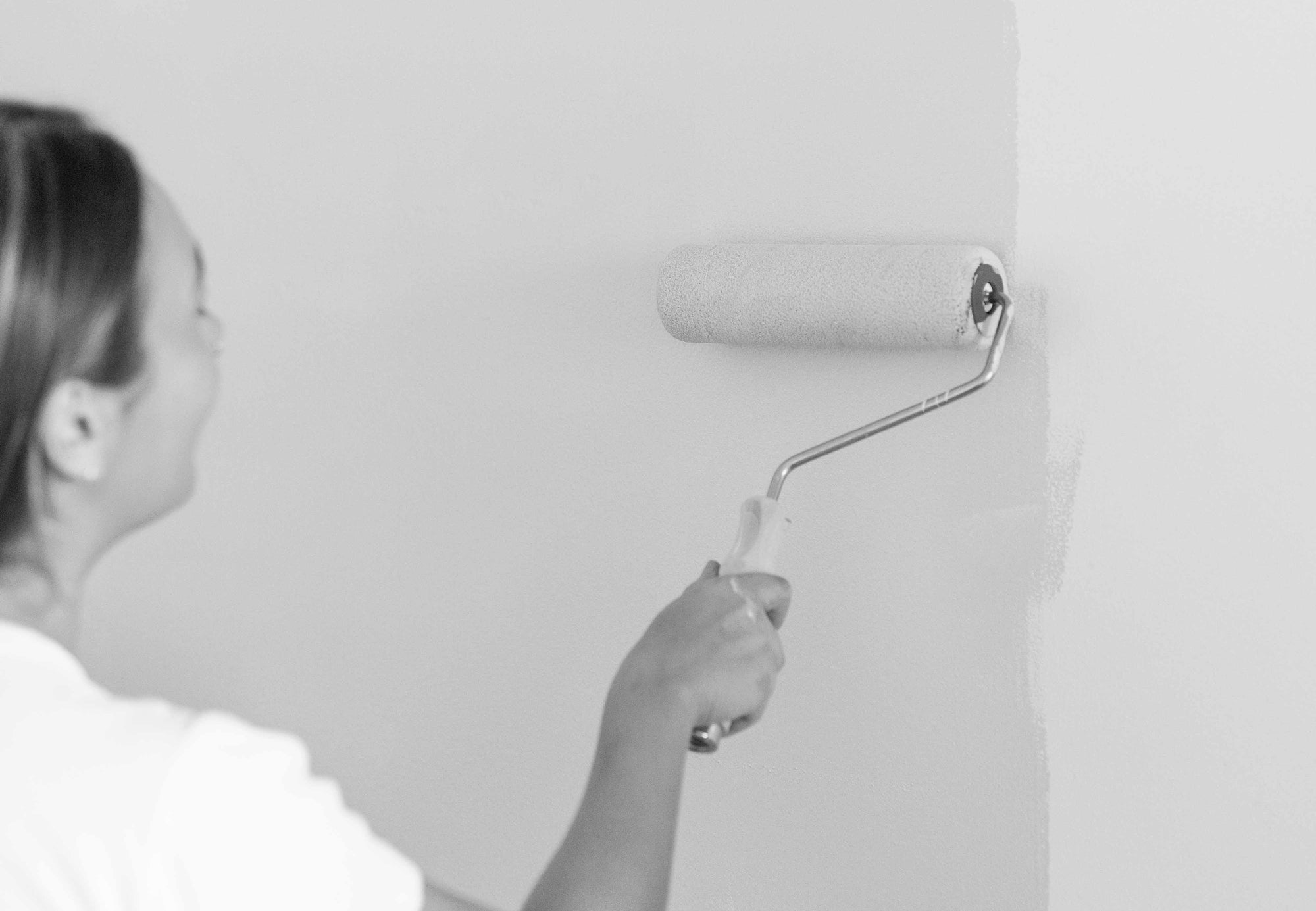
Simply changing the color of your walls can give the decor and atmosphere of your home a total reboot. Painting your walls is also a relatively easy and affordable way to freshen up your space. Ev...
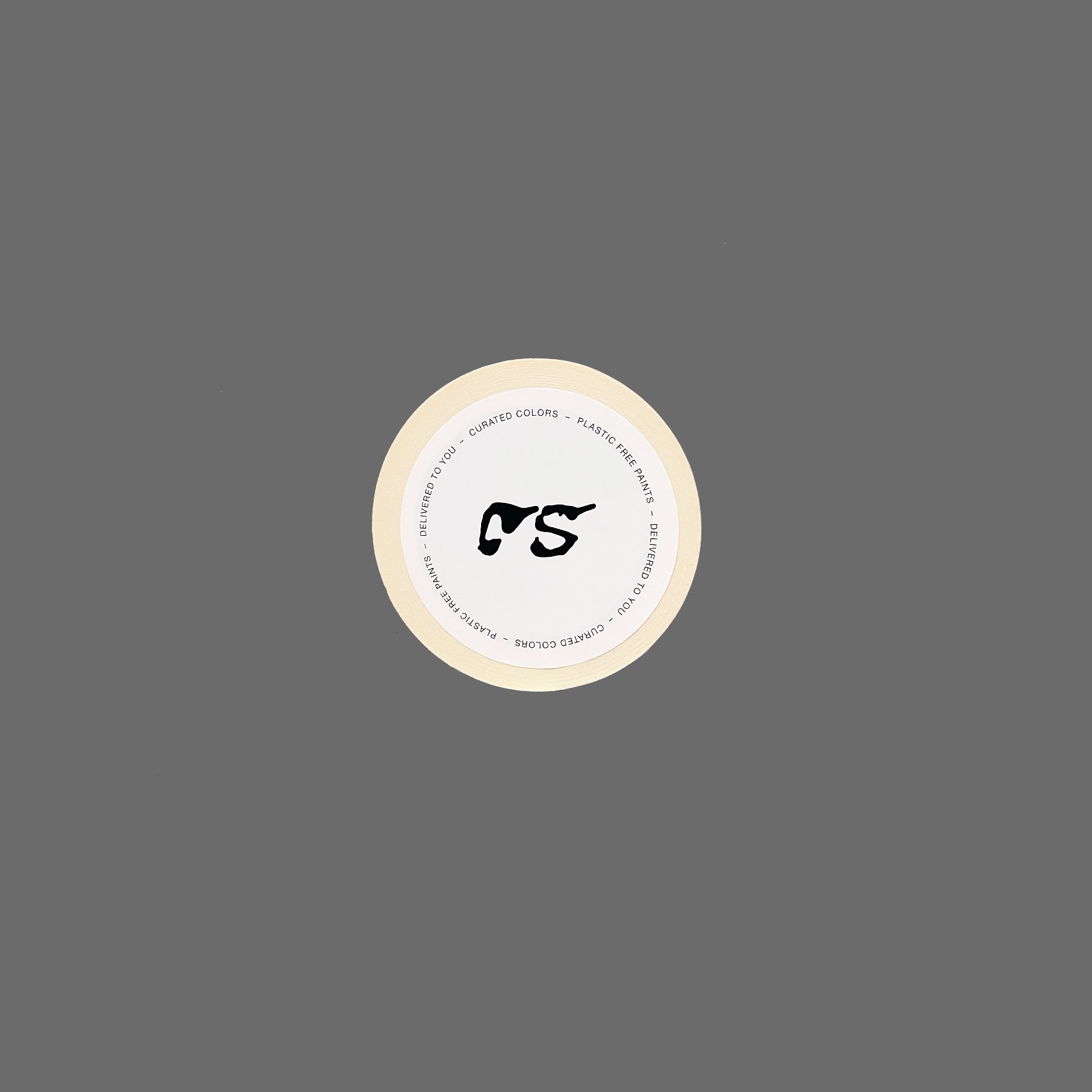
How to use masking tape when painting
Painter's masking tape is a reliable and multi-purpose tool for home decoration projects. If you want to paint the surfaces of your home to perfection, painter's tape is your best friend. With car...
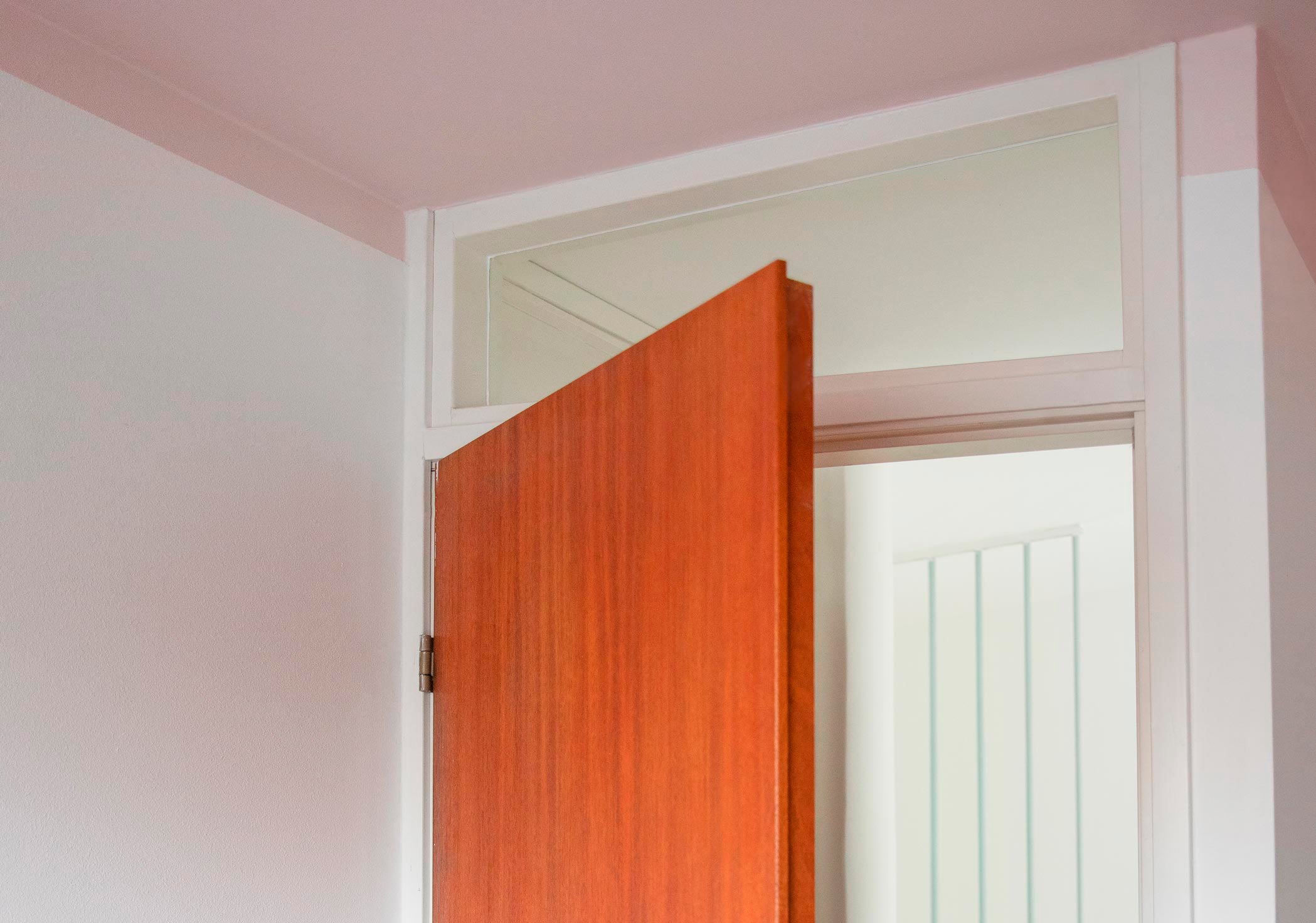
When designing home interiors or choosing new paint colors, ceilings are often overlooked or thought of as being too difficult and messy. But you might be surprised how much difference a new, ric...


